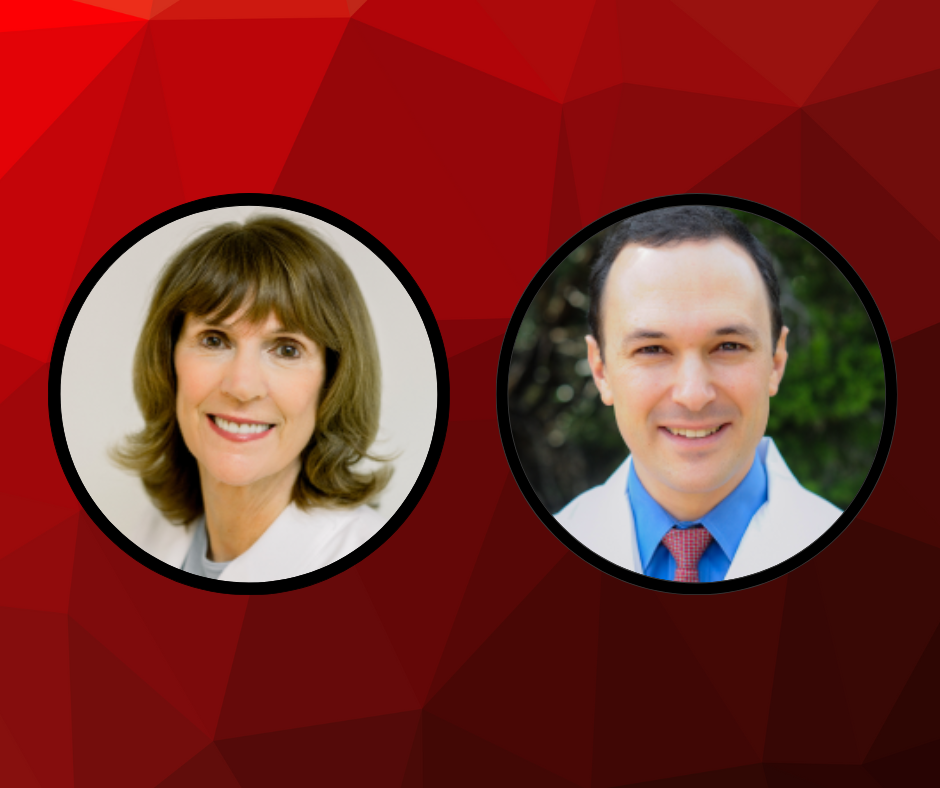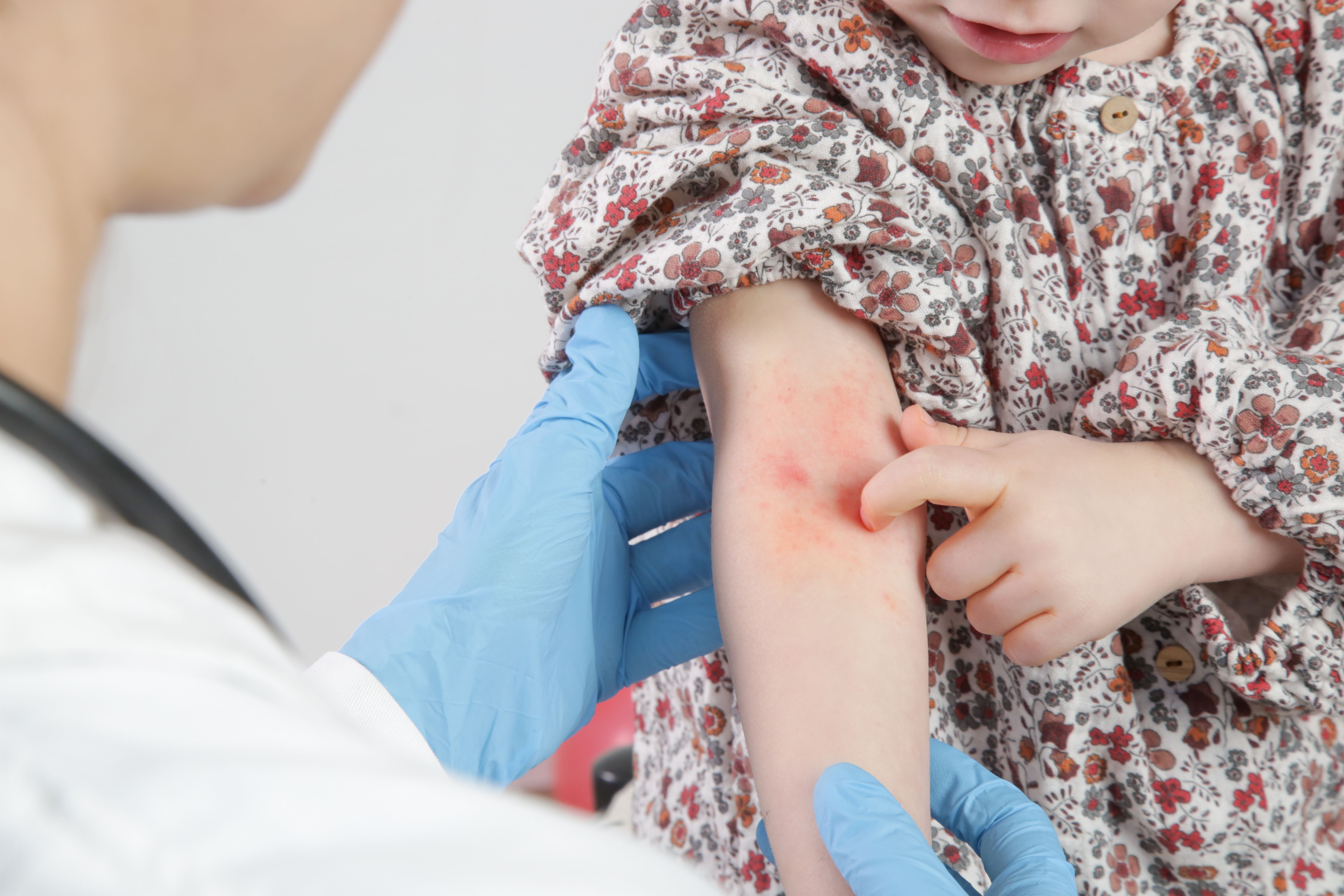- Acne
- Actinic Keratosis
- Aesthetics
- Alopecia
- Atopic Dermatitis
- Buy-and-Bill
- COVID-19
- Case-Based Roundtable
- Chronic Hand Eczema
- Drug Watch
- Eczema
- General Dermatology
- Hidradenitis Suppurativa
- Melasma
- NP and PA
- Pediatric Dermatology
- Pigmentary Disorders
- Practice Management
- Precision Medicine and Biologics
- Prurigo Nodularis
- Psoriasis
- Psoriatic Arthritis
- Rare Disease
- Rosacea
- Skin Cancer
- Vitiligo
- Wound Care
News
Article
Science of Skincare Summit Co-Chairs Preview Cutting-Edge September Program
Author(s):
Patricia Farris, MD, and Ted Lain, MD, MBA, co-chairs of the Science of Skincare Summit, discuss their excitement for the September conference and its innovative educational experience.
The Science of Skincare Summit is a relatively new conference in the dermatology space. Co-founded by dermatologists Patricia Farris, MD, and Ted Lain, MD, MBA, the annual summit seeks to provide dermatology professionals with a cutting-edge educational experience through thought-provoking sessions led by industry experts.
Farris and Lain spoke with Dermatology Times® ahead of the September program to discuss the origins of the summit, detail their excitement ahead of the event, to preview unique sessions, and to provide their thoughts on the future of dermatology.

Q: The Science of Skincare Summit is unlike other dermatology conferences. What inspired you to start the conference, and what makes it such a unique and important event?
A: I had the idea during the COVID shutdown, when practices were relying on telederm and product sales for revenue. I have long had an interest in skin care, and the more I learned about it, I realized how much science and research supports new products, ingredients and formulation. The pandemic elevated the importance of skin care, so it seemed like a perfect time for an educational conference on the science and business of this very important aspect of our practice. The first (and only) person I called to be my co-founder was Dr. Farris, whom I met on a skin care-inspired trip and now is a great friend and business partner! As a world-renowned expert in skin care ingredients and nutraceuticals, Patti brings a wealth of knowledge to our Summit.
Patti and I realized early on that in order to provide a cutting-edge educational experience, our faculty needed to include dermatology experts, industry scientists, and company executives. Attendees learn from the people in the labs developing new ingredients, as well as the leaders driving strategy and product selection. Incorporating these stakeholders on our faculty truly makes the Summit unique.
Q: What are you most excited about for this year’s event?
A: As with any meeting, the experience is only as enriching as the faculty is knowledgeable. Our speaker bureau is world-class, and we are so lucky to have such a distinguished group. In addition, we are adding more content on the current "it" ingredient of exosomes, as well as educating on how AI and digital therapeutics may help shape the future of skin care and, in turn, dermatology. Finally, we learned from our attendees last year that we needed to give estheticians their own curriculum and faculty to provide career development and networking opportunities. We are excited to [offer] an "esthetician track" doing exactly that, with master estheticians as the faculty.
Q: Dr. Lain, you are presenting a discussion on cell senescence, which is being considered in other disciplines as well, as the next frontier in dermatology. Why should dermatology professionals be interested?
A: Anyone on social media has probably read about metformin, sirolimus, and other medications that may extend lifespan. Anti-aging medicine, which the medical establishment has long pushed to the fringe as near quackery, is now becoming more mainstream, perhaps due to patient demand. Cosmetic uses of skin care aim to reverse the effects of aging, so dermatologists have long been practicing in this realm. I highlight the most recent science and ingredients to raise awareness in our specialty, and strive to give an insider's look into the potential future of not only skincare, but also medicine in general.
Q: Dr. Farris, exomes are emerging as an area of interest for many dermatological purposes. Where do you think it will have the biggest impact?
A: Exosomes are without a doubt the hottest ingredient in skin care and are an example of blending regenerative medicine with cosmetics. In aesthetics, exosomes have been looked at primarily as post-procedure products and preliminary studies suggest they may expedite healing and improve outcomes. There are also some early studies looking at topical exosomes for skin rejuvenation. Although they are already commercially available in skin care products, I do think at present, we need more data to be sure exosomes are safe and effective for long term use.
Q: What do you think is the biggest challenge in dermatology today? The biggest opportunity?
A: Our specialty faces numerous challenges, however the most important one is economic. The cost to run practices keeps rising, while the reimbursement from payers is cut nearly annually on our most commonly used codes. How do we ensure our financial viability in this climate, not only for ourselves but also our staff? We have incredible goodwill and are held in high esteem in our communities as experts in all that is skin-related. Expanding our education and skills to further our expertise into skin care, cosmetic procedures, or other ancillary services that generate revenue achieves the goal of financial sustainability while also meeting our patients' expectations and desires.
Q: Is there anything else you would like to share with readers?
A: Austin is a great city with a vibrant, youthful energy. The Summit's location in the center of downtown gives attendees the opportunity to explore the culture and enjoy the nightlife.
Newsletter
Like what you’re reading? Subscribe to Dermatology Times for weekly updates on therapies, innovations, and real-world practice tips.



